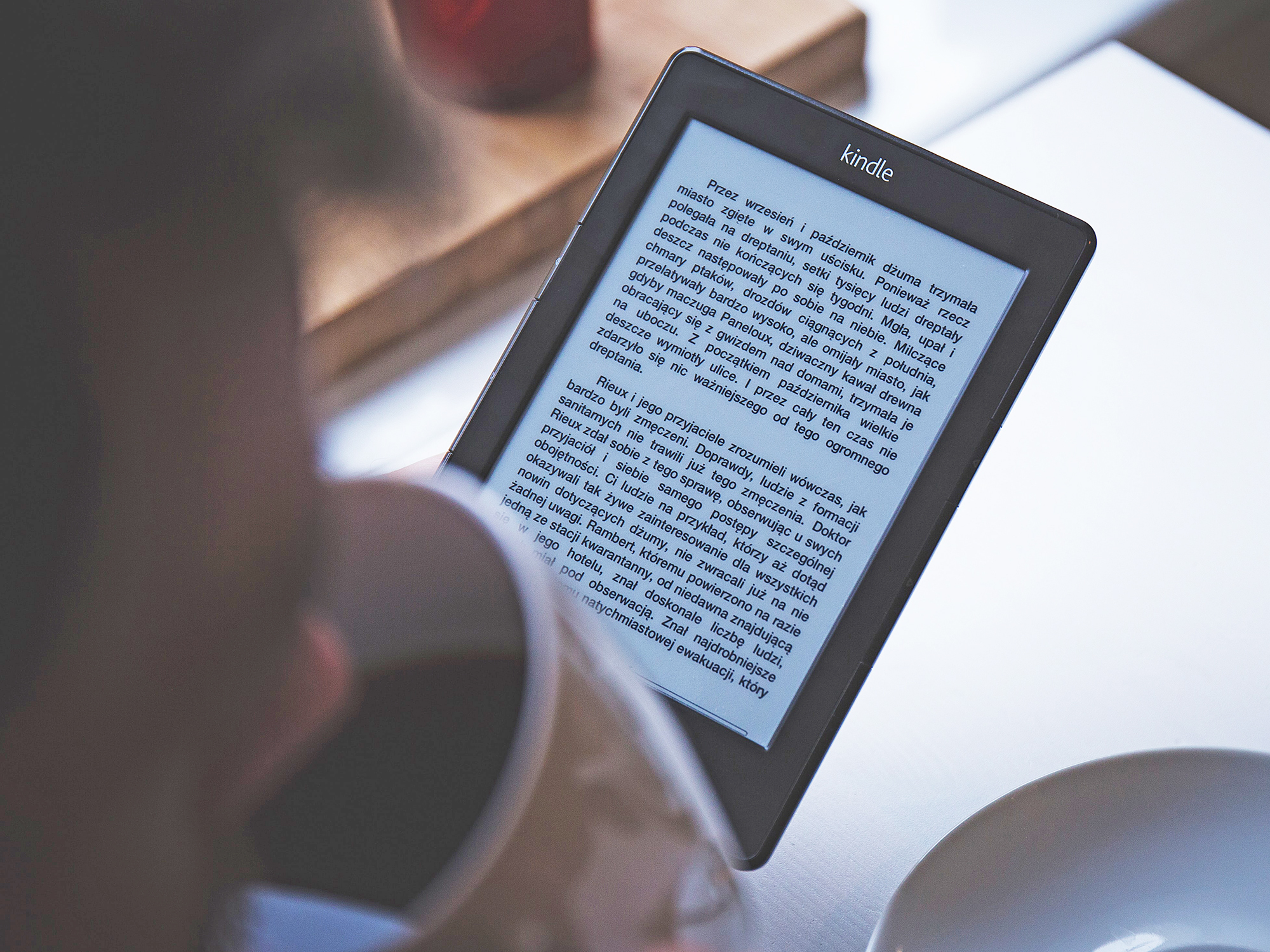

If you own an e-reader, you know how useful it can be when you just can’t decide which volume of your enormous library to take with you on vacation. But your device can do much more than display e-books—websites, documents, comic books, and other file types are within the scope of these lightweight devices, giving you even more options when it comes to expanding your digital library.
Converting and loading files onto a Kindle
No matter what model of Kindle you have, they all function in more or less the same way. When it comes to reading the web, you’ll find an Experimental Browser option under the three dots in the top-right corner of the home screen. The bad news is that it doesn’t work very well and this might not change anytime soon—it has been “experimental” for about a decade, so it seems Amazon has largely forgotten about it.
A better way to get websites on your Kindle is to install the official Send to Kindle browser extension for Google Chrome and Microsoft Edge. On your computer, click on the extension’s button, and the tool will simplify and reformat the current page, then send it to your personal Kindle account. To view it on your e-reader, tap the icon that shows up on the home screen and in your library.
If you don’t want to use the browser extension, Instapaper is another option. The read-it-later service collects stripped-down articles from the web via its own add-on, and it also comes with an integrated “send to Kindle” option. The only catch is that to access this feature you’ll need to subscribe to Instapaper Premium, which will set you back $3 a month, or $30 a year.
Files you’ve attached to an email can also go to your Kindle—it could be a work report, a website saved as a PDF, or even an image (though considering how simple the Kindle’s e-ink screen is, it might not look great). On this Amazon page, click Send to Kindle by E-mail—you’ll get access to a personalized email address you can send files to, and these will automatically download to your Kindle when you sync it. As long as you can get the file you need into PDF, Microsoft Word, or JPEG formats, you can send it to your Kindle this way.
If your files have any other extension, you can easily reformat them. You can save Google Docs as Word documents, for example (pick File, Download, and Microsoft Word), and almost any file can be converted into a PDF, even without programs like Adobe Acrobat. One option is iLovePDF, a free online resource for getting different file types like Excel spreadsheets and HTML files into PDF form.
When it comes to comic books and graphic novels, you can buy them directly from the Amazon Kindle Store. Unfortunately, Kindles don’t support the common CBR and CBZ formats, which digital comics usually come in. To get these files ready for your Amazon e-reader, you’ll need something like the free Kindle Comic Convert. It’ll reformat your favorite illustrated stories so you can send them to your Kindle over email or a USB cable.
Speaking of USB cables, that’s another way to copy documents onto your Amazon e-reader in any supported format. Plug your Kindle into your Windows or macOS computer using the USB cable that came with it, and it should appear in File Explorer or Finder. You can then drag files over to the Documents folder on your Kindle and they’ll appear in your library.
Converting and loading files onto a Kobo

The Kobo line of e-readers is even more versatile than the Kindle when it comes to file type support. It can handle the CBR and CBZ digital comic book formats, plus PDF documents, HTML (website) pages, JPEG images, and plain text files, among others. You can copy them all to your Kobo from a computer via the bundled USB cable.
Plug your e-reader into your computer, which should recognize your device as a new USB drive, then move files to it using File Explorer (Windows) or Finder (MacOS). If you’re after something that’s easier to navigate, give the third-party Calibre desktop application a go. It runs on Windows and macOS, and enables you to move supported file formats to a Kobo e-reader when connected via USB. It can also convert files, and supports formats like CBR, CBZ, EPUB, HTML, PDF, and TXT.
Thanks to the built-in PDF support in Kobo devices, you can load up anything you can get into PDF format. You could either save files as such in the program you use to create them, or enlist the services of a third-party platform such as EasePDF, which can make this type of document out of Word, Excel, and PowerPoint files.
When it comes to reading articles on the web, like their Kindle equivalents, Kobo devices come with an experimental web browser. You can launch it from the home screen by tapping More, then Beta Features, and Start (next to Web Browser). This will surely do in a pinch, but considering the refresh rate of the screen and its monochrome e-ink display, you’re probably better off reading those pages in a different format.
Pocket is perfect for this. Like Instapaper, it lets you collect articles from around the web to read later, saving them in a stripped-down version that’s easier on the eye. Whether you have a premium Pocket subscription or not, the Kobo integration is free to use, and allows you to easily load up your list of saved pages.
On your Kobo’s home screen, tap More, then choose My Articles. You’ll have to sign in with your Pocket account information, and then your articles will sync across. As with any e-book you’ve loaded on your Kobo, you can adjust the font size, line spacing, and page margins of your web articles to make reading easier.
